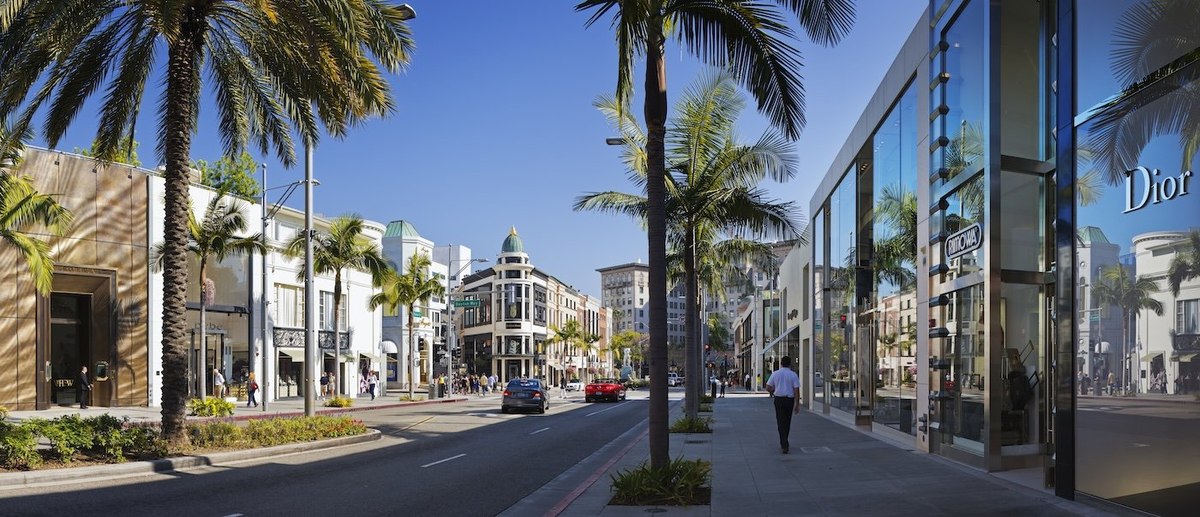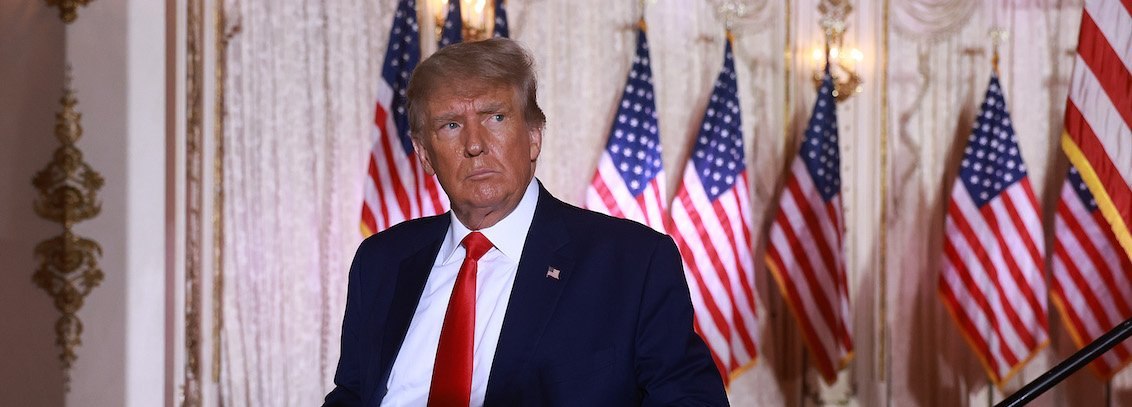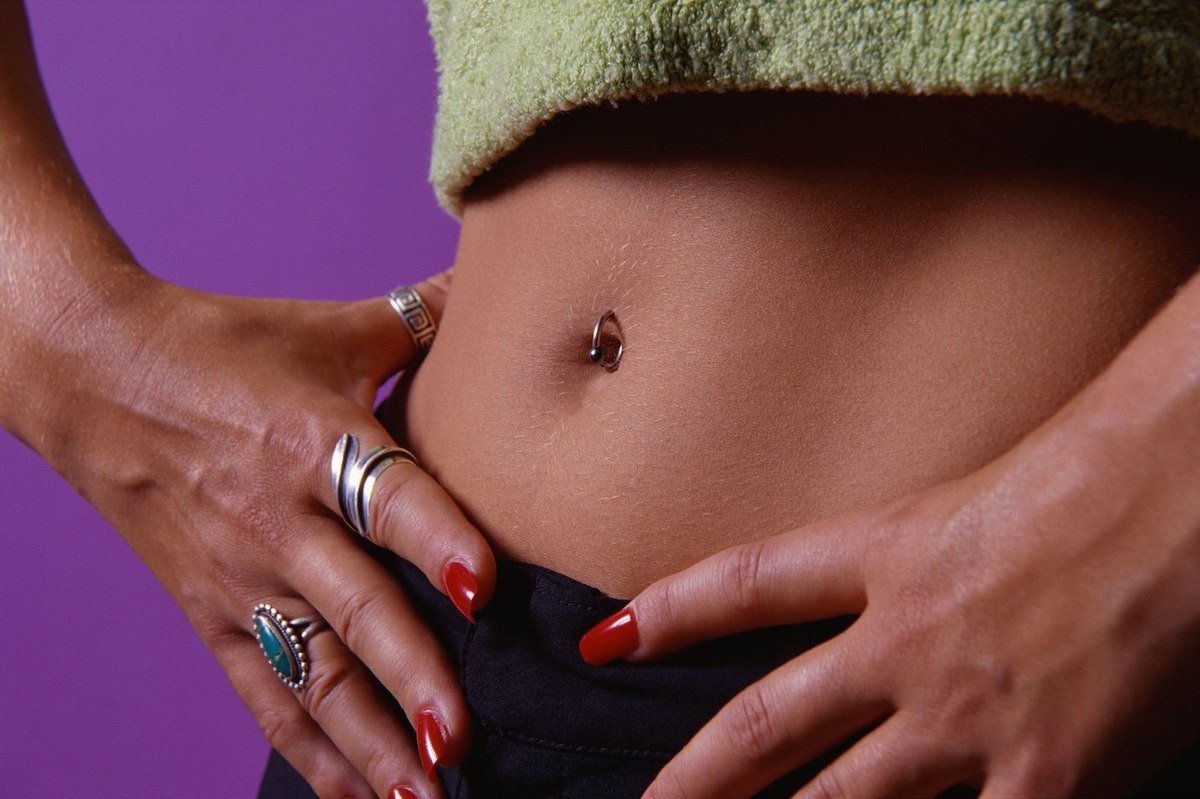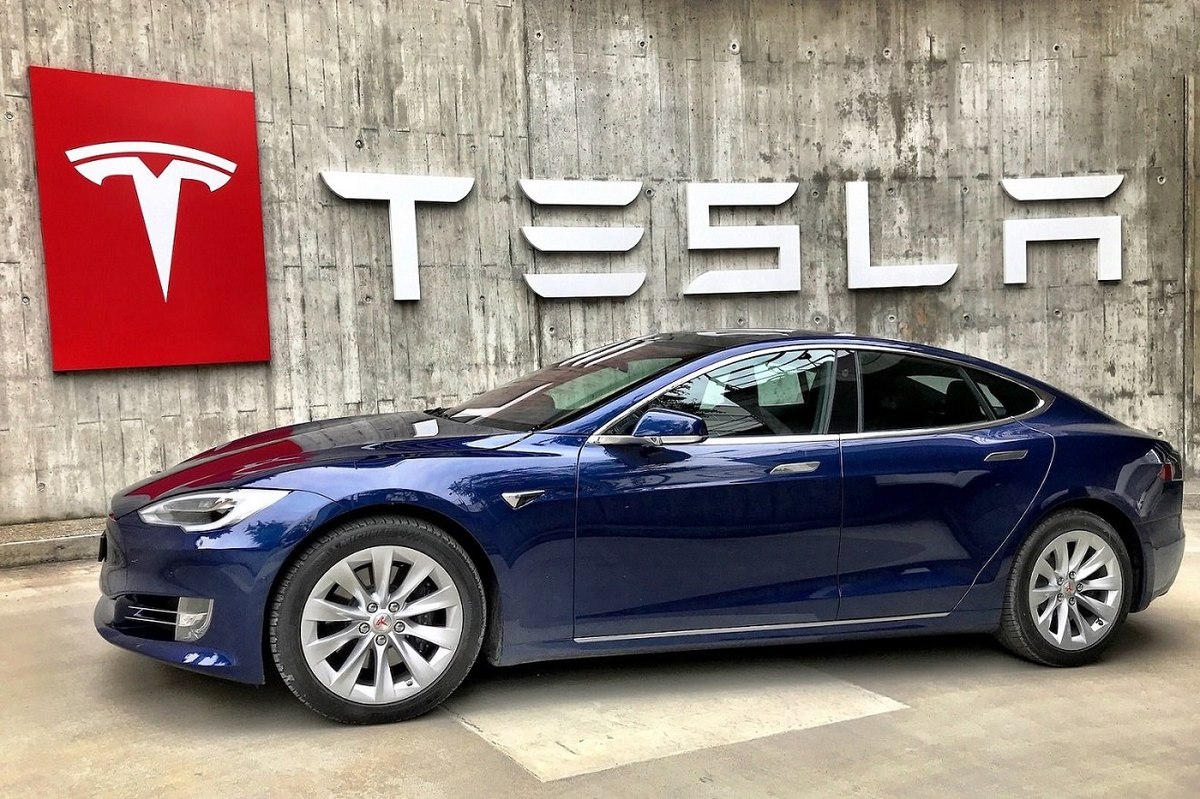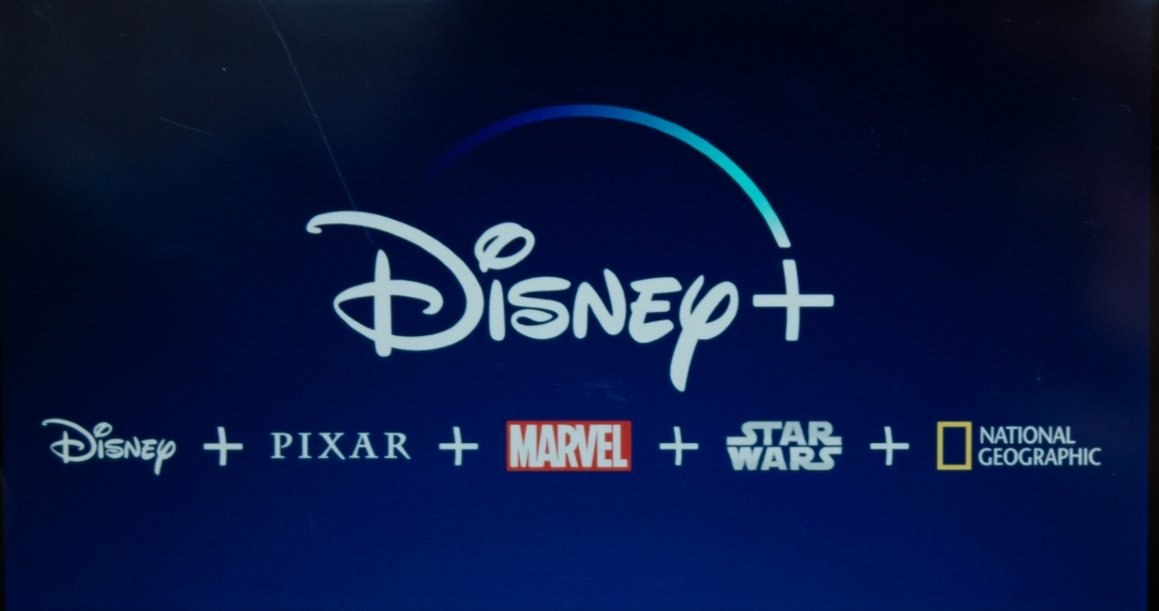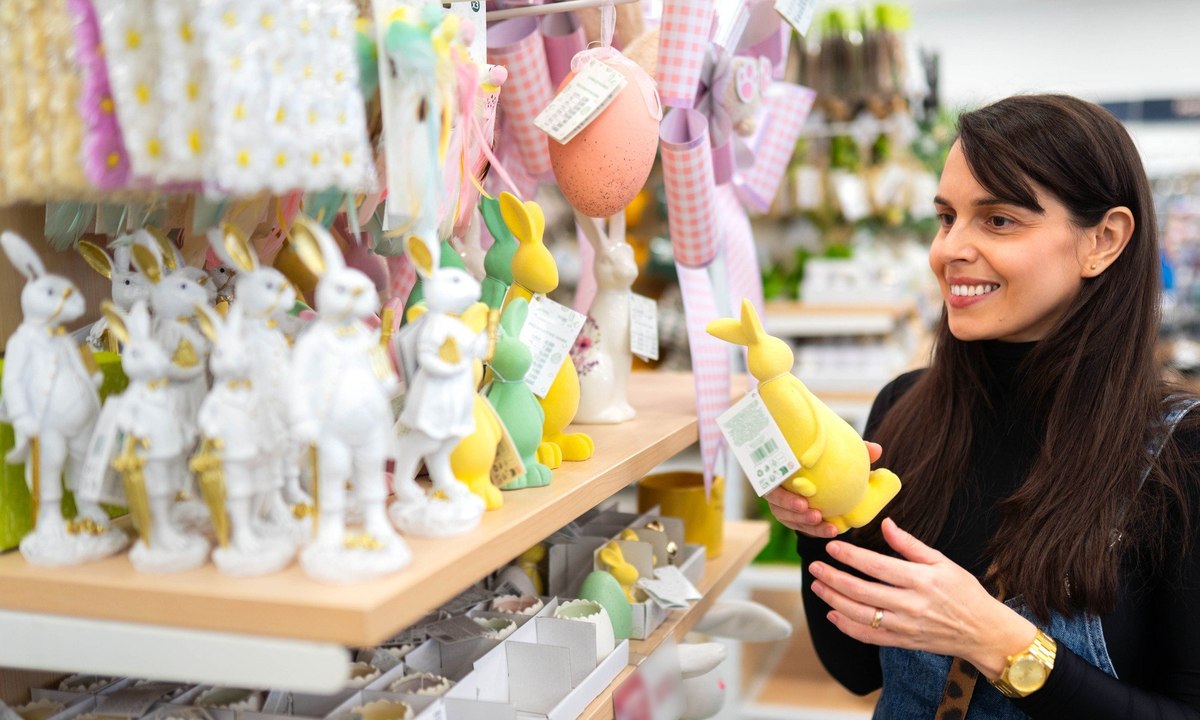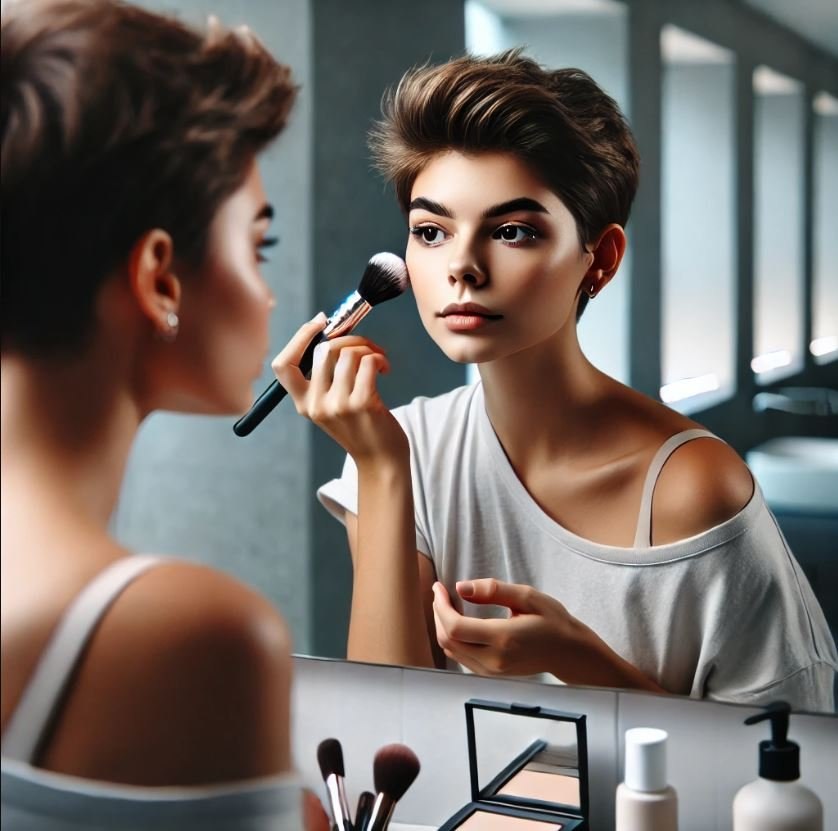
Retail sector review, 2024: Consumer and industry trends
As we close another eventful year, 2024 has brought significant shifts across various consumer industries, reflecting changing preferences and the evolving landscape of consumer behavior.
Sports retail dynamics
The sports retail sector saw noteworthy trends, particularly in merchandise engagement and sponsorship effectiveness. MLB’s introduction of new jerseys designed by Nike encountered mixed reactions with a notable disparity in acceptance among different fan bases: 56% of once-per-season merch buyers responded positively, overshadowing the 28% who were unsure about or disliked the new designs.
Meanwhile, Adidas and Nike have harnessed their sponsorships effectively, with Adidas slightly leading in consumer engagement at 37% compared to Nike’s 34%, emphasizing the importance of brand visibility in sporting events to boost product sales. We also learned that female MLB superfans are more likely to buy gear than their male counterparts.
Online discount retailers’ ascent:
The rise of online discount retailers like Temu and Shein has been driven by a concern with price and, to a lesser extent, variety. Temu’s aggressive marketing strategies have significantly broadened its reach, with high brand awareness at 88% and a strong inclination for repeat purchases among younger consumers, indicating the potent influence of cost competitiveness in retail.
Sustainability takes center stage
Sustainability continues to gain traction, with 27% of consumers willing to invest more in eco-friendly products. Research shows that while customers see many environmental benefits in retail take-back schemes, there are also significant obstacles to participation.
Lack of Awareness (37%) and inconvenience of returning items (35%) are the most common obstacles to participation in take-back schemes.
YouGov Profiles data shows that 37% of Americans believe that people who buy fast-fashion don’t care about the environment and that younger consumers are especially concerned with the impact of fast fashion and where their products were made.
Generational fashion and beauty trends
Generational differences have marked fashion and beauty trends, with Gen Z leaning towards minimalism and sustainability, while Millennials prioritize comfort and classic styles.
Research shows these differences also reach onto the world of beauty products with Gen Z wearing less makeup than their elders, but more likely to use lip gloss. Brands targeting these demographics must tailor their approaches to align with these varied preferences.
Looking ahead
These insights from 2024 not only highlight the evolving consumer preferences but also underscore the importance of adaptive marketing strategies and the increasing role of ethical considerations in consumer purchases. As industries move forward, staying attuned to these shifts will be essential for brands aiming to remain relevant in a rapidly changing market.
